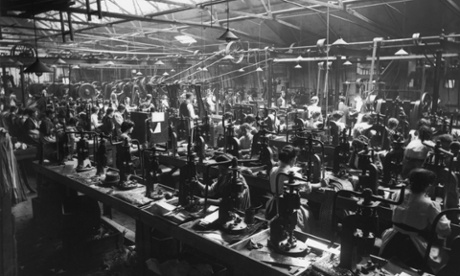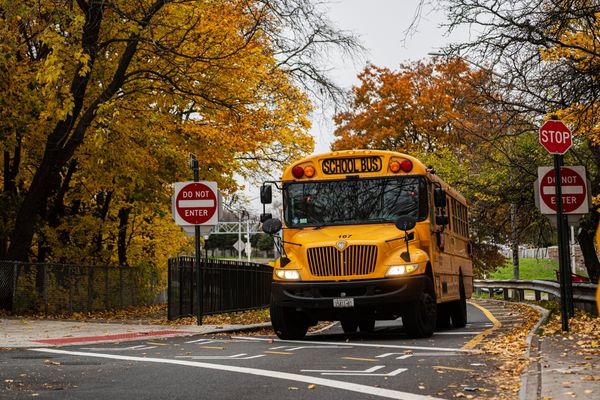
It’s a question you might well ask. How did a place like Birmingham, slap bang in the middle of the country, come to have one of the most diverse populations in the UK? The simple answer is that it always has.
Even in medieval times, when migration within England was relatively rare, Birmingham attracted settlers, drawn by the preferential tariffs of an entrepreneurial town. With few natural assets to draw upon – poor soil and empty heathland – the town’s rulers turned to trade and manufacture. They established a market in the Bull Ring, with a charter dating from 1154, and it was here that Birmingham’s merchants and manufacturers settled in. They have been selling goods there ever since (although they no longer bait bulls).
Urban expansion has always relied on inward migration. To begin with, new blood came from Wales, Scotland, and Ireland. By the 19th century, migrants headed here from Eastern Europe, Russia and Italy. The 20th century flung that net even wider. In one Birmingham secondary school, George Dixon Academy, the pupils speak more than 40 languages. “You enter the school gates,” says one teacher, “and you step inside the rest of the world.”
It’s worth remembering that Birmingham was once known as “the workshop of the world”. Metalwork was the dominant profession for a long time, but that has comprised a bewildering range of industries – car-making being a relatively recent addition. It began with buttons and buckles, moved through guns and pens to brassware, railway rolling stock, steelworks and bicycles. Not until the boom years of the motor trade in the 20th century, led by Lucas, Dunlop and Austin Rover, did Birmingham come to be dominated by a single industry.
All that activity has left its impression on the city, even if much of the heavy industry has ebbed away. Migrants from the Indian subcontinent, especially Bangladesh and Pakistan, still largely live in the suburbs they first moved to in the 1960s and the “Balti Belt” of Sparkbrook still supplies the food and groceries that were needed two generations ago.
The Irish have also made their mark on the city, as Anne Tighe, head of Birmingham’s St Patrick’s Day Parade board, points out: “There’s still a very strong Irish culture in Birmingham. We have Gaelic football teams, a fantastic Irish dancing scene, places where you can learn Irish instruments and a great music scene for both traditional artists and more modern ones.”
Whatever their background, Brummies have got their priorities in the right order: acknowledging their heritage while keeping their roots and their dancing boots in Birmingham, a city that has always welcomed diversity.







